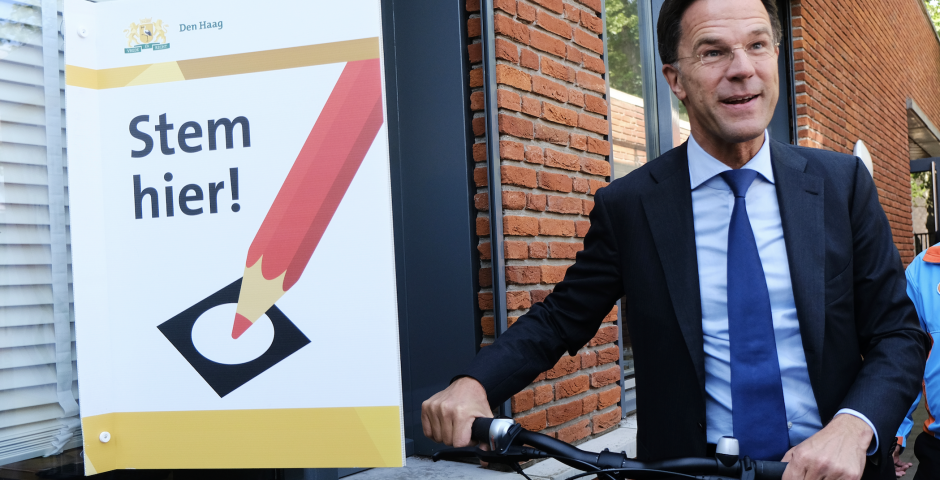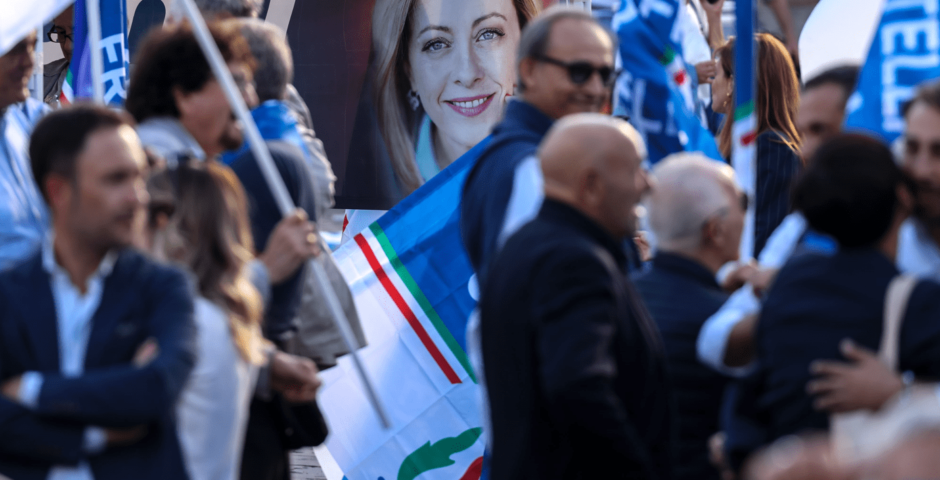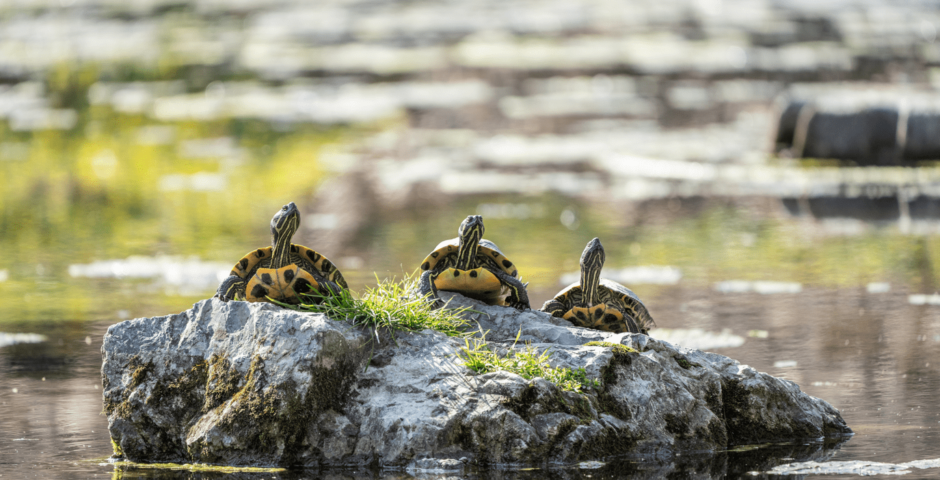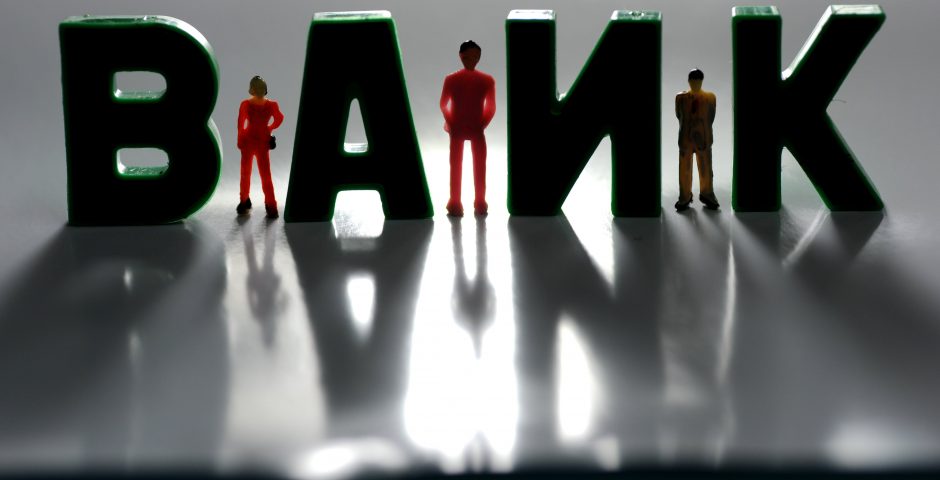Dutch vote pro-European, rebuke far-right as left dwindles

Analysis: The impact of the Dutch 2021 elections on Europe.
Please note, at the moment this article went to press the final results of the election had not yet been announced. This article will be updated if the distribution of seats changes.
Voters in the Netherlands this week have handed Mark Rutte, the outgoing Prime Minister, a clear victory over far-right and anti-EU sentiments from the country’s two right-wing populists: Geert Wilders and his Freedom Party, and Thierry Baudet’s Forum For Democracy. Polls already predicted Rutte, who has headed three coalition governments of different political affiliations since 2010, would win nearly twice as many parliamentary seats with his centre-right People’s party for Freedom and Democracy (VVD) as his nearest rival. With 36 seats, the VVD will have to form a coalition with at least two partners to form a government, in a process that could take weeks to complete.
The popularity of the prime minister has proven surprisingly resilient, as his party managed to win 3 more seats than in 2017, despite violent anti-curfew riots and the resignation of his cabinet in January over an enormous child benefits scandal in which the Dutch tax authority had “violated fundamental principles of the rule of law”. In fact, it seems like Rutte has been able to benefit from a “rally around the flag” effect from the start of the pandemic, in part as the issues surrounding COVID-19 had taken all the energy out of the political debate. Rutte, who is on course to become the Netherlands’ longest-serving prime minister, has also proven to be a very pragmatic politician with a genuine personal appeal. He also has one key quality, both admired and despised; no political scandal seems to stick to him. Branded “Teflon Mark”, he seems to possess a remarkable capacity for apologising and moving on, to the dismay of his political opponents.
How does the Dutch political system work?
There are 150 seats in parliament, which means a government needs 76 seats to form a majority. In practice, this means that a government will always consist of two or more parties, as no single party has ever managed to obtain an absolute majority. The purely proportionally representative system plays a large role here, as it means that any party which wins over 0.67% of the national vote obtains a seat.
This system has over the years resulted in an enormous fragmentation of the political landscape. In this year’s election, a record 36 different parties competed, of which 17 ended up in parliament. This fragmentation has also led to the steady erosion of traditionally big parties like the Cristian Democrats (CDA) and the Labour party (PvdA), with the notable exception of Mark Rutte’s VVD.
Role of the Netherlands in the EU
The role of the Netherlands in the EU has not been very enthusiastic under the guidance of the VVD, driven in part by a traditionally neoliberal conservative Anglo-Saxon affiliation and mounting pressure from the right side of the political spectrum. Driven by a desire to pacify the populist Eurosceptics, the VVD and CDA had co-opted their concerns related to supposed EU encroachment on national sovereignty, wasteful EU bureaucrats and ineffective governance in southern Europe.
Yet all of this has changed this time around, or well, most of it. While the populist right has continued to be very critical of the EU, the union is more widely valued in the majority of electoral programmes than before. This may be in part due to the exposure of the country’s vulnerability in terms of public health by the COVID-19 crisis, and geopolitically by the continued erosion of the transatlantic relationship. It also seems like the realisation that the Netherlands has much to gain financially from open borders, the single currency and the internal market has become more deeply ingrained. On top of this, the political and economic chaos surrounding Brexit has shown many voters that leaving the EU poses a serious risk to the country’s welfare and prosperity.
Yet at the same time, the EU did not feature prominently in the political debates leading up to the elections, to the extent that the silence on the subject became so conspicuous that the hashtag #EUolifant was dedicated to it on Twitter. While no one failed to notice the proverbial elephant in the room, no political leader dared approach the subject, in part because many believed it to be an unpopular topic with voters, one which therefore could only cause electoral damage. However, whereas in previous election programmes the question of whether the Netherlands should leave the EU was occasionally raised, this time around most parties advocated a stronger Europe.
Meaning for the EU
Focussing on the largest party, we find that the VVD emphasised an economically strong Europe. The liberals also want strict enforcement of budgetary rules within the EU and want to tackle migration at the European level. At the same time, it advocated mostly for a conservative approach towards the European Union and is staunchly against any expansion of the block.
The surprise of the day came from D66, which saw their vision of a progressive, EU friendly, climate-conscious government rewarded by voters. Up 5 seats from 2017 to a total of 24, the party has become impossible to ignore in any calculation about potential coalitions.
Next, we find the far-right, anti-Islam Freedom Party (PVV), which lost three seats compared to the 2017 election, in a night that saw the far-right obtain about 27 seats overall. This result indicates increased fragmentation among the far-right, with three parties (PVV, FvD and JA21) currently vying for these voters.
While VVD and D66 saw significant improvements, another former coalition party, the Cristian democratic CDA, saw their fortunes dwindle. Its message in favour of fiscal conservatism, EU strategic autonomy and a “properly functioning” internal market did not manage to convince voters, casting the continuation of the current coalition in doubt.
For the left, it was a disappointing night, with the GreenLeft and Socialist party each losing 7 and 5 seats respectively, and the Labour party (PvdA) finishing at 9. At the same time, the Party for the Animals won 6 and the pro-and pan-European Volt party managed to secure its first-ever presence in the lower house with a total of 3 seats.
Overall, the strong performance of D66 and the VVD seems to suggest that Mark Rutte will need either the CDA or two other parties to form a majority coalition, meaning the shape of a future government is still unclear. One thing is for sure: with 17 parties in parliament and a diminished and fragmented left, the country’s electorate is continuing to express its preference for the (centre)right. For now, it seems likely that Mark Rutte’s VVD will continue to govern in much the same way it has over the past 4 years, albeit with a significantly less Euro-sceptic tone of voice. As always the devil will be in the details, and the actual course of the next Dutch government may vary significantly depending on which junior parties will enter the next coalition.
Marnix Vermeer obtained a Master in Economics: Global challenges and macroeconomic policy from Maastricht University, and is currently pursuing a Master in International Relations in Barcelona.
Image: Shutterstock




